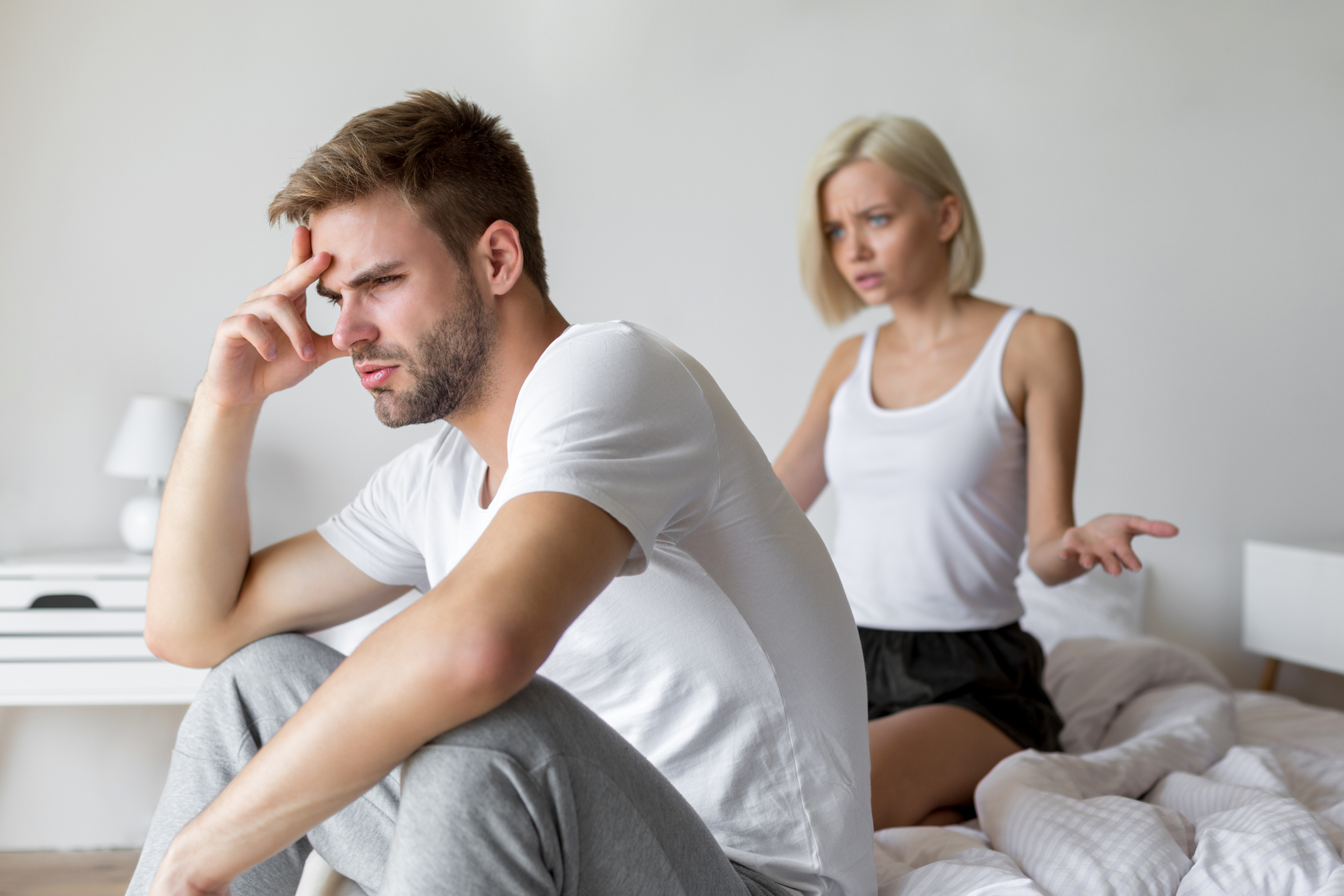
Can riding a bicycle cause erectile dysfunction?
Riding a bicycle, particularly for prolonged periods or in certain positions, can potentially contribute to erectile dysfunction (ED) in some individuals. This association is primarily due to the pressure and repetitive trauma that can occur in the perineal area (the area between the anus and the scrotum) while cycling. Here’s how cycling may affect erectile function:
- Pressure on Perineum: Sitting on a bicycle seat for extended periods can exert pressure on the perineum, compressing the nerves and blood vessels that supply the penis. Prolonged pressure in this area may lead to temporary numbness or discomfort and could potentially affect erectile function over time.
- Decreased Blood Flow: The pressure exerted on the perineum during cycling may also restrict blood flow to the penis. Adequate blood flow is essential for achieving and maintaining an erection, so anything that interferes with circulation could impact erectile function.
- Nerve Damage: Prolonged or intense pressure on the perineum can potentially damage the nerves responsible for sexual arousal and erectile function. This nerve damage may contribute to erectile dysfunction.
- Temperature Regulation: Cycling for extended periods, especially in hot or humid conditions, can increase scrotal temperature. Elevated scrotal temperature has been associated with decreased sperm production and potential effects on erectile function.
However, it’s important to note that not all cyclists will experience erectile dysfunction, and the degree of risk may vary depending on factors such as cycling habits, bike fit, saddle design, and individual anatomy. Additionally, taking breaks during long rides, using a properly fitted saddle with adequate cushioning and support, and adopting a more upright riding position may help reduce the risk of perineal pressure and its potential effects on erectile function.
If you’re experiencing erectile dysfunction or genital discomfort related to cycling, it’s essential to consider various factors that may contribute to the problem, including cycling habits, bike fit, and saddle design. If concerns persist, it’s recommended to speak with a healthcare professional for evaluation, diagnosis, and appropriate management. They can help identify potential contributing factors and provide personalized recommendations for improving genital health and overall well-being.